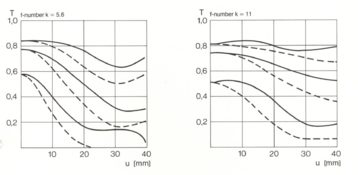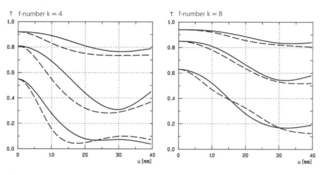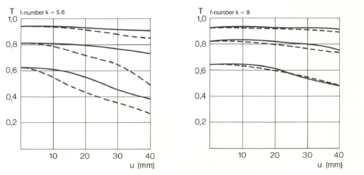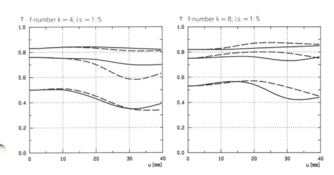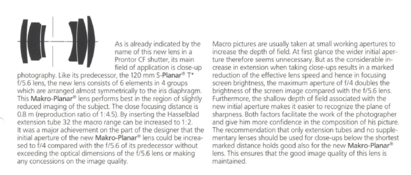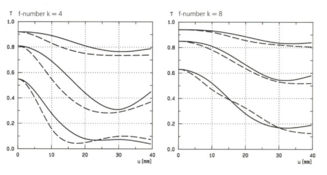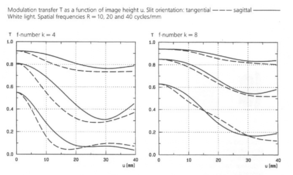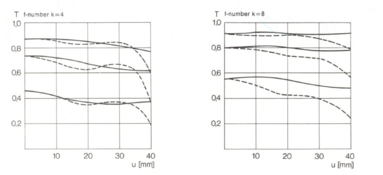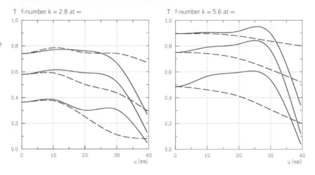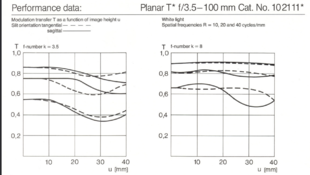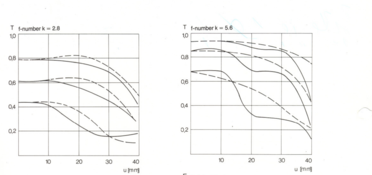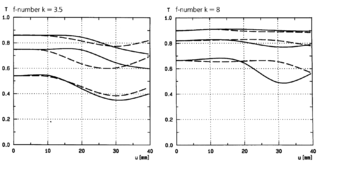Ben Hutcherson
Member
If one studies the transition of Hasselblad lenses from C to CF designs, one often finds that the optical designs are identical between the two versions. The CF lens of course completely changed the looks, ergonomics, and operation(no more EV interlock) but the optics are the same. This of course isn't universally true(there are some complete re-designs) and some lenses show up in one line-up or not the other. Nearly all of my lenses are C or C T*-I've come to appreciate both their build quality and their "quirks."
If one compares the C and CF lines, one lens that might jump out as changed was the C 120mm f/5.6 Planar-S, which became the CF 120mm f/4 Makro-Planar. I'm told that Zeiss used the "S" to indicate "Special Purpose"(I'm sure there's a German word that's equivalent and starts with S), and the "special purpose" of the original 120mm Planar-S was that it was optimized for close up/macro work. Both the 120mm Planar-S and 120mm Makro-Planar have the same minimum focus distance, equivalent to roughly a 1:4 reproduction ratio(use tubes or bellows to get them closer). An inspection of the optical diagrams will show that yes, in fact, they are the same design.
So, the questoin is, if they are the "same lens", why is the older lens f/5.6 and the newer one f/4? In an old post(20+ years ago) on Pnet that I came across, one poster, someone who generally is knowledgeable about Hasselblads, claimed that the f/5.6 maximum aperture of the Planar-S was due to a "limitation" of the Compur shutter, and the later Protor removed that limitation.
Not too long ago, I picked up an inexpensive but rough Planar-S that I've had most of the way apart trying to make something useable of it.
Interestingly enough, I'm not sure that it's down to a "limitation" of the Compur shutter, but the design does seem to have been arbitrarily choked down. Even wide open, the aperture is closed down quite a bit
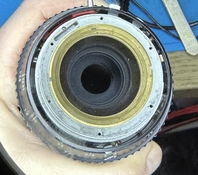
Looking at the front group, the rear part, where it screws into the shutter, "necks down" a lot. I didn't realize this until I was working on cleaning this group(one of the issues with this is some pretty severe haze, but so far it's been...resistant...to my efforts to open it) but all the elements in the front group are roughly the same diameter as the front element. It's hard to see in this photo what I'm talking about-once I can get it open I will post a photo of what I'm talking about
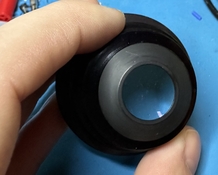
Just sharing this because I thought it was interesting. I suspect that rather than a "limitation" of the shutter, this may have instead been an intentional decision to restrict this to f/5.6. Why, I don't know, but then I'm not an optical engineer. I don't own the f/4 version but have played with it-I will say that on older bodies, f/5.6 is awfully dim to focus especially at minimum focus distance, and cut-off is pretty severe in a non-gliding-mirror body. From what I remember, f/4 makes focusing a LOT easier, although IIRC it actually makes viewfinder cut-off worse
If one compares the C and CF lines, one lens that might jump out as changed was the C 120mm f/5.6 Planar-S, which became the CF 120mm f/4 Makro-Planar. I'm told that Zeiss used the "S" to indicate "Special Purpose"(I'm sure there's a German word that's equivalent and starts with S), and the "special purpose" of the original 120mm Planar-S was that it was optimized for close up/macro work. Both the 120mm Planar-S and 120mm Makro-Planar have the same minimum focus distance, equivalent to roughly a 1:4 reproduction ratio(use tubes or bellows to get them closer). An inspection of the optical diagrams will show that yes, in fact, they are the same design.
So, the questoin is, if they are the "same lens", why is the older lens f/5.6 and the newer one f/4? In an old post(20+ years ago) on Pnet that I came across, one poster, someone who generally is knowledgeable about Hasselblads, claimed that the f/5.6 maximum aperture of the Planar-S was due to a "limitation" of the Compur shutter, and the later Protor removed that limitation.
Not too long ago, I picked up an inexpensive but rough Planar-S that I've had most of the way apart trying to make something useable of it.
Interestingly enough, I'm not sure that it's down to a "limitation" of the Compur shutter, but the design does seem to have been arbitrarily choked down. Even wide open, the aperture is closed down quite a bit

Looking at the front group, the rear part, where it screws into the shutter, "necks down" a lot. I didn't realize this until I was working on cleaning this group(one of the issues with this is some pretty severe haze, but so far it's been...resistant...to my efforts to open it) but all the elements in the front group are roughly the same diameter as the front element. It's hard to see in this photo what I'm talking about-once I can get it open I will post a photo of what I'm talking about

Just sharing this because I thought it was interesting. I suspect that rather than a "limitation" of the shutter, this may have instead been an intentional decision to restrict this to f/5.6. Why, I don't know, but then I'm not an optical engineer. I don't own the f/4 version but have played with it-I will say that on older bodies, f/5.6 is awfully dim to focus especially at minimum focus distance, and cut-off is pretty severe in a non-gliding-mirror body. From what I remember, f/4 makes focusing a LOT easier, although IIRC it actually makes viewfinder cut-off worse





